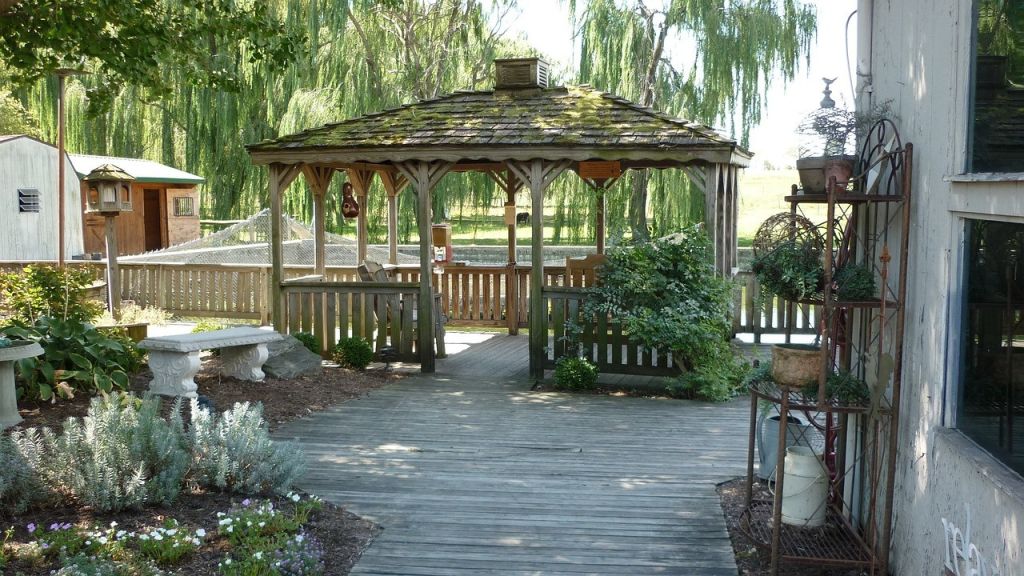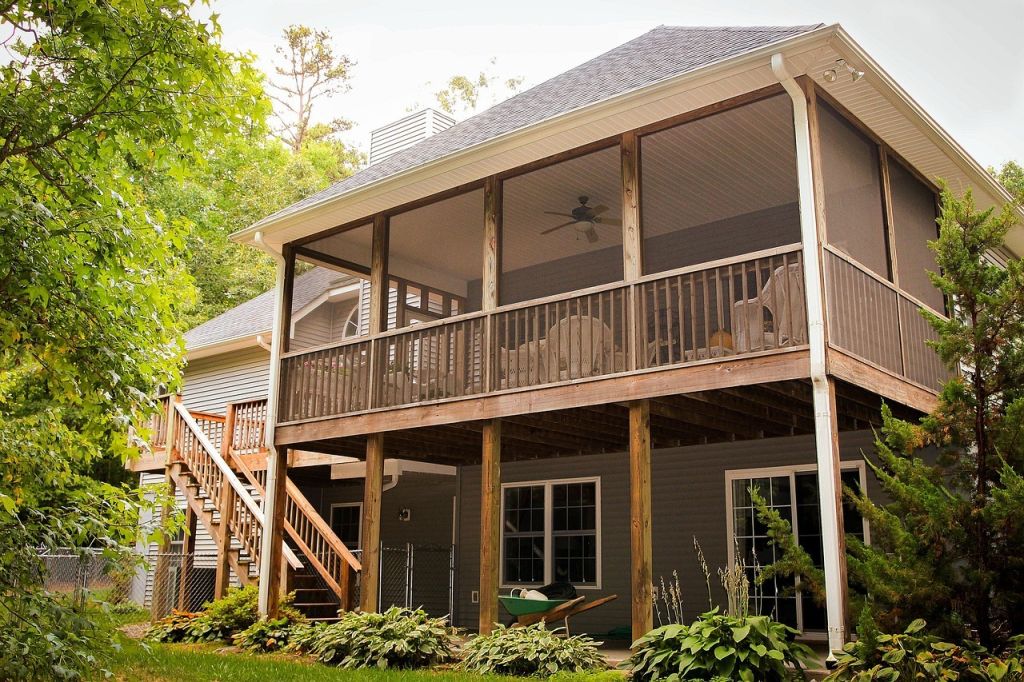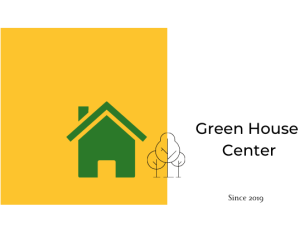Adding a deck, patio, or other outdoor living area to your house may increase its value and the quality of your life there. It’s easy to be confused between a patio and a deck because of their common names and the fact that they share many design elements, but there are significant distinctions between the two that should be taken into account when determining which is ideal for your yard. How can you determine which one is best for your house and lifestyle? What are the key differences between the two?
Patio
The word “patio” has its roots in Spanish and may be translated literally as courtyard. A patio is an outdoor concrete slab in the yard next to the home.

#1. Location
A patio is usually linked to a house’s rear or side, although sometimes it’s a distinct construction. Yet, its convenience is enhanced by its closeness to the home since patios are often used for outdoor dining sets. Moreover, food can be quickly and easily transported from the kitchen to the patio. In contrast to decks, which are often multi-level structures, patios are single-level, flat slabs constructed directly on the ground.
#2. Size
Some patios are just big enough for a couple of rocking rockers and a fire pit, while others may fit a hot tub, several lounge chairs, and a table and chairs. A patio may range in size and design from a small, square, or rectangular slab leading to the kitchen via French doors to an oversized, circular patio around a swimming pool. The patio’s dimensions should be based on the available space and the homeowner’s financial constraints.
#3. Construction
Although concrete is the material for most patios, other options include huge paving stones, tile, or bricks. A patio is a flat, outdoor space on the ground that isn’t enclosed by walls but may include a pergola for increased shade, comfort, and aesthetic appeal. Sealing a freshly poured concrete slab is essential to ensuring its longevity and protection from the elements. Gravel is less costly and requires less upkeep than alternatives like concrete pavers or tile. However, those materials might be more expensive to install initially.
Read more: How To Design The Ultimate Outdoor Entertainment Area.
Deck
In architectural terminology, a deck is an outdoor platform with one or more levels linked to a building or stands alone to provide additional outdoor living space and viewing vistas.

#1. Location
Backyard decks are often attached to the rear of houses. You can reach it from several different rooms, such as the kitchen, the living room, and the family room.
#2. Size
Decks may be anything from a modest structure off the kitchen to a multi-level outdoor area. A deck can host various warm-weather activities, so it’s vital to choose the appropriate deck size. A deck’s dimensions are similar to those of a patio in that they are determined between you and your deck builder San Diego by the amount of space you have in your backyard, the sort of deck you desire, and your budget.
#3. Construction
Wood, composite wood, and vinyl are the most often used materials for deck building. Although any of these options is good, the one that is best for you will rely on your desired aesthetic, tolerance for maintenance and available funds. For example, a cedar or pine deck needs regular maintenance every two years to freshen the paint or stain and repair loose screws or boards to keep it in excellent shape and safe to use.
Popular alternatives to traditional wood decking include composite wood and vinyl, which don’t splinter or rot as a wood deck can withstand harsh environmental conditions. Click here to read more on composite wood.
Read more: The Pros And Cons Of Vinyl Flooring – A Versatile and Stylish Choice for Modern Homes.
It’s important to have railings on decks with various levels, unlike patios. A deck may also have a stairway or stairways that descend to the yard below. Larger homes may feature a patio and deck, or even a combined one, with the patio on the ground floor and the deck(s) above.
















![[GHC Featured Image Size] Raise Your Outdoor Enjoyment With Deck Builders in San Diego, CA Raise Your Outdoor Enjoyment With Deck Builders](https://greenhousecenter.net/wp-content/uploads/2023/04/GHC-Featured-Image-Size-Raise-Your-Outdoor-Enjoyment-With-Deck-Builders-in-San-Diego-CA-696x392.jpg)


